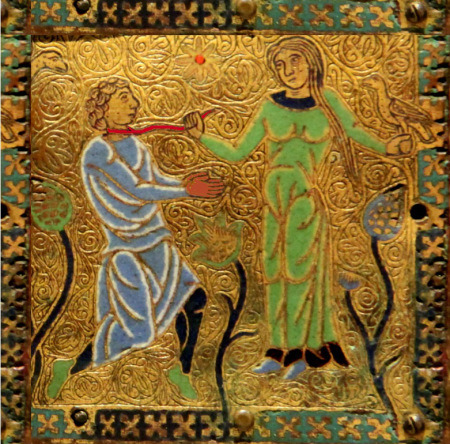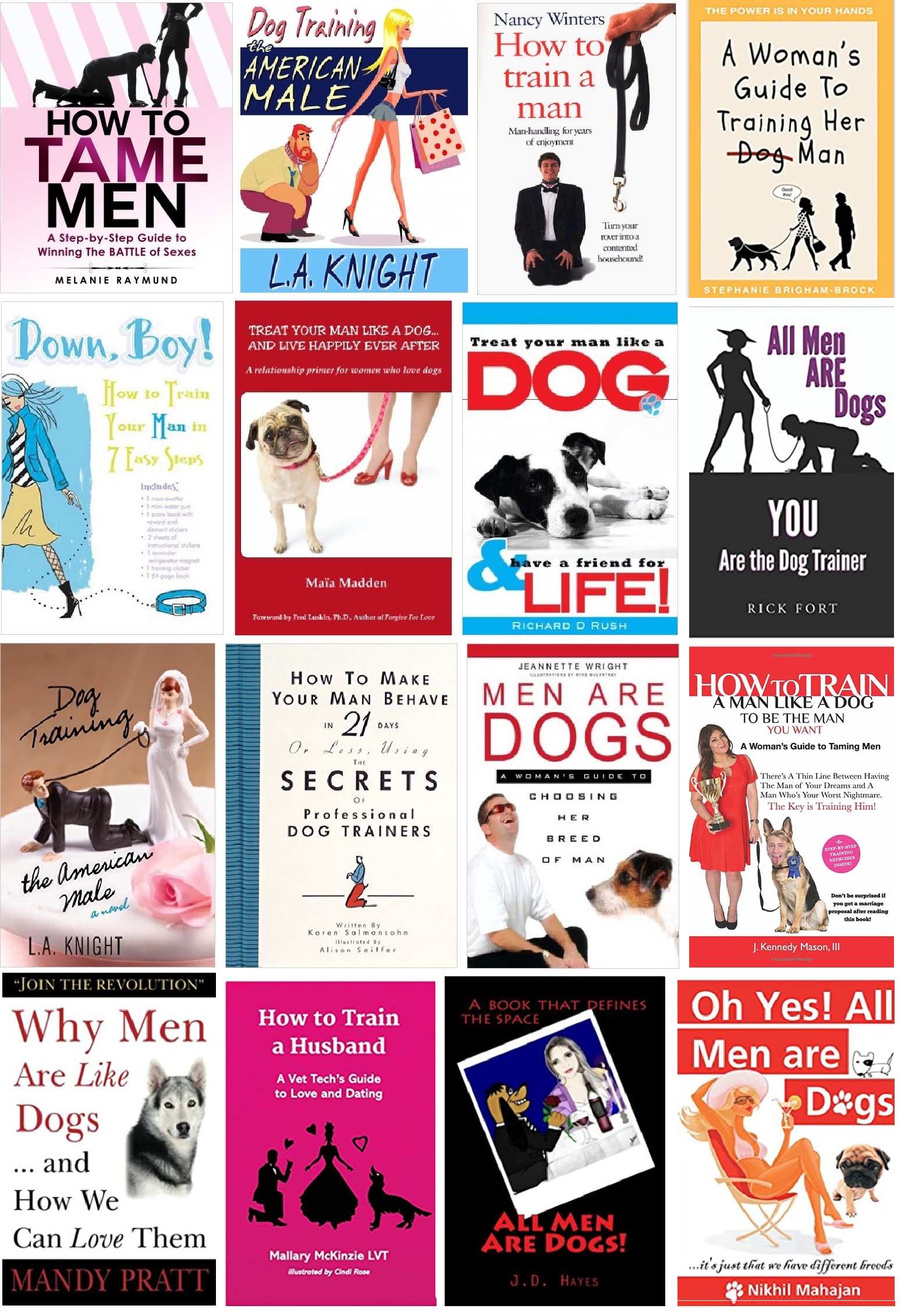By Peter Wright and Paul Elam
The topic of gynocentrism is a perpetual undercurrent in the realm of red pill philosophy. It came up again recently, in a critique of a largely popular, critical commentator on third-wave feminism. That touched a nerve in the MHRM, and sparked some spirited, even acrimonious debate.
That nerve, we think, is connected directly to faultline, to a zone of demarcation within the nonfeminist sector that manages to surface regularly in the new narrative.
If history is any indication, we will see this friction revisited with greater intensity in the months and years ahead. That heat will increase with the commensurate increase in the popularity of nonfeminism. It warrants a good faith attempt to identify and explain what is happening. We may even head off some problems.
Traditionalism vs. modernism
Ostensibly, it appears that we have a long-running conflict between traditionalists and those who would make a clean break from any and all social constructs that govern identity and expectation based on sex.
Yet the debate about traditionalism is clearly more complex than a disagreement between people who want traditional vs. non-traditional relationships, a fact that becomes more evident with each flare-up of controversy and dissent.
Yes, we are going to say it. NATALT (Not All Traditionalists Are Like That). Not everyone who embraces some aspects of traditional relationships embraces chivalry or male disposability.
In the small but extant groupthink of the MHRM we have tended to tow some pretty rigid lines about what we perceive to be traditional relationships. If she works in the home and he works outside, and/or she primarily tends to children and he mows grass and does the home repairs, then we tend to lump it all into the same category, often in an unflattering way.
We’ve even developed a pejorative language, e.g. “tradcon” to identify those who have decided to pursue married and family life.
This division is not insignificant and has been the source of factions and splits within the greater movement for years.
Gynocentric traditionalist vs non-gynocentric traditionalist
There, we reckon, is the clearest definitive difference. This, much more so than traditionalist vs nontraditionalist, identifies those who are legitimately following a path which supports the restoration of human worth to men and boys.
The faultline can equally be discerned between two kinds of relationship agreements. ie. between gynocentric traditionalist and the non-gynocentric traditionalist. However both of them may choose to be married and have a family. We simply argue that one of those two different kinds of families has a great chance of producing more well-rounded children, individuals with agency and accountability.
The faultline, which rightly deserves to be there, is between those who follow the tenants of chivalry and romantic love, and those who don’t.
Non-gynocentric traditionalism might still be based on a role division as long as it’s an equitable one in terms of labor exertion and associated risks to health. That means role divisions can’t be based on chivalry or any other kind of male servitude. No amount of labor division can reciprocate or compensate for a man dying on the job for less in return.
For example, this by Modesta Pozzo in 1590 speaks of an unequal labor division, thus gynocentric tradition:
“Don’t we see that men’s rightful task is to go out to work and wear themselves out trying to accumulate wealth, as though they were our factors or stewards, so that we can remain at home like the lady of the house directing their work and enjoying the profit of their labors? That, if you like, is the reason why men are naturally stronger and more robust than us—they need to be, so they can put up with the hard labor they must endure in our service.”1
The description of traditional gynocentric roles put forward by Pozzo is no mere theory, as proven in the words of one of her contemporaries, Lucrezia Marinella (c.1571-1653), who described the situation between men and women as follows;
“It is a marvelous sight in our city to see the wife of a shoemaker or butcher or even a porter all dressed up with gold chains round her neck, with pearls and valuable rings on her fingers, accompanied by a pair of women on either side to assist her and give her a hand, and then, by contrast, to see her husband cutting up meat all soiled with ox’s blood and down at heel, or loaded up like a beast of burden dressed in rough cloth, as porters are. At first it may seem an astonishing anomaly to see the wife dressed like a lady and the husband so basely that he often appears to be her servant or butler, but if we consider the matter properly, we find it reasonable because it is necessary for a woman, even if she is humble and low, to be ornamented in this way because of her natural dignity and excellence, and for the man to be less so, like a servant or beast born to serve her.”2
The chivalry and romantic love in this account, one that promotes a gynocentric sexual contract between men and women, is the part that can easily be dropped while still embracing traditional standards that foster family bonds and the raising of functional, adjusted children.
What remains after gynocentrism is excised are benign aspects of traditional relationships such as a balanced labor division (where men and women both cut up meat and are covered in ox’s blood) or labor balanced into different areas – she scrubs bathroom tiles while he mows grass. Women’s willingness to labor was common in times past where they regularly worked as butchers, bakers and candlestick-makers alongside their male counterparts.
In that cooperative atmosphere of mutual contribution, men and women were more attracted to marriage and belonging to a large extended family – with all members of the family looking out for the safety, and health of the family network.
Other aspects of traditionalism, too, deserve a mention, such as those of benefit to men. These include more father-son time, and an assumption of being able to enjoy male spaces such as male-only drinking saloons, sporting teams, pool halls, and fraternal organizations; Elks, Masons, Golden Fleece, and many others.3
The question today is where the hell can any man find a traditional relationship with a women who eschews chivalry and romantic love – aka gynocentrism? It’s like looking for a needle in a haystack, which is why going your own way, or rather away from gynocentric traditionalism, is the most sensible thing a man can do.
The low odds for success are why modern men are rejecting traditional relationships with women, even the non-gynocentric ones, in favor of novel new ideas – because they don’t believe women today are willing to reciprocate while the hand of gynocentrism keeps on giving. Usually, they are right.
Men’s Human Rights Advocates wishing to promote benign or valuable aspects of tradition need to be more active in denouncing the toxic gynocentrism of same, otherwise the baby will continue to be thrown out with the bathwater, sans ceremony, by men who are unwilling to play Russian roulette with a world of Disney Princesses.
Even so the question remains of whether the valuable aspects of traditionalism can be separated in lived life, for this baby has been drinking the bathwater for centuries.
The answer to that question is probably in the affirmative for the small number of men with the insight, intelligence and determination to create such relationships.
What remains certain, though, is that those men and others will not benefit from a veneer of men’s advocacy that peels back to reveal gynocentric obedience and male disposability.
Simply put, antifeminism is not enough. Antagonizing social justice warriors is an entertaining pastime but on its own becomes a hollow ally for men concerned with misandry and male disposability.
If you are concerned with the humanity of men, with their access to compassion and choice, you would be ill-advised to consider anyone your ally that says in one breath that feminism is harmful, and out of the next that we need men to learn how to treat women according to a chivalrous code.
It was that code that morphed into the ideologically polluted waves of feminism to begin with.
References:
[1] The Worth of Women: their Nobility and Superiority to Men (1590)
[2] The Nobility and Excellence of Women and the Defects and Vices of Men (1600)
[3] Edward Ward, The Secret History of Clubs, (published 1709). [This is one of hundreds of titles detailing traditional male clubs, guilds, and fraternities. The examples given show that the clubs were riotous places of laughter, male bonding, drinking, inventing and collaborating on various projects, and above all were places to enjoy a little self-chosen freedom. Married and bachelor men alike participated, and in the majority of clubs no women were allowed to set foot].
[4] E. Belfort Bax, ‘Chivalry Feminism’ in The Fraud of Feminism (1913)





